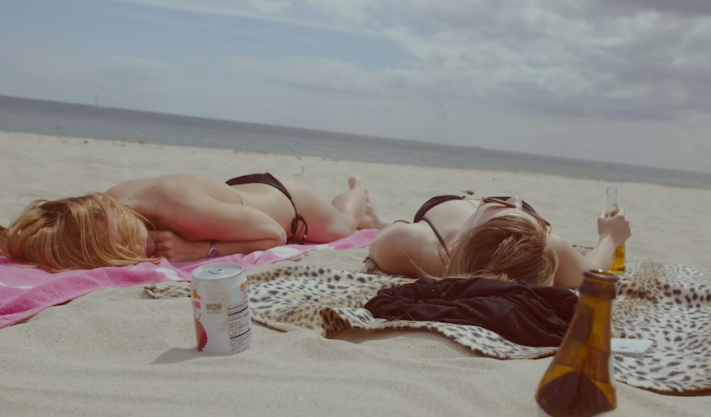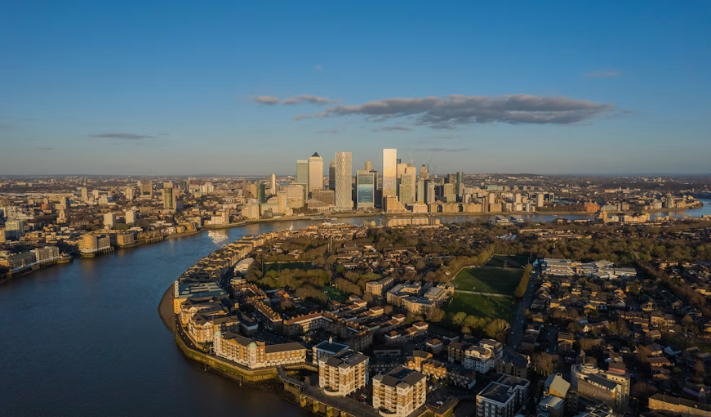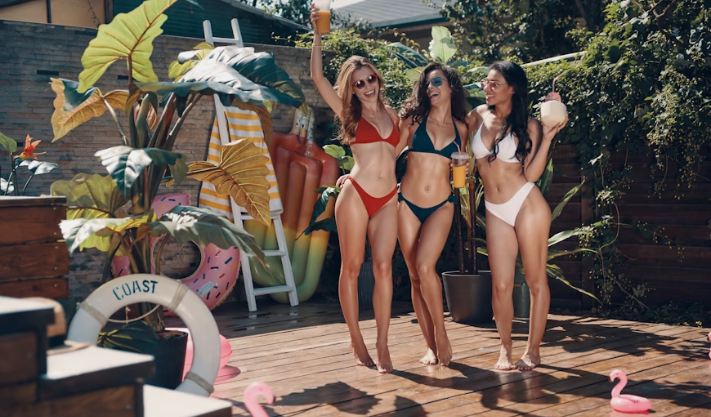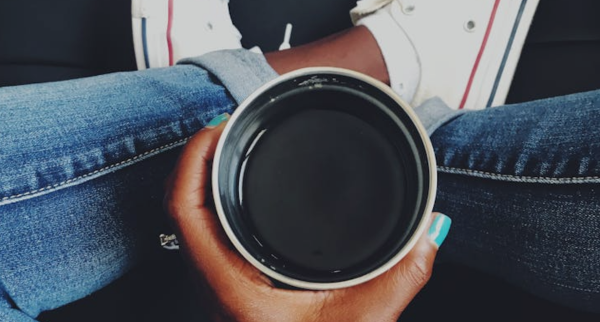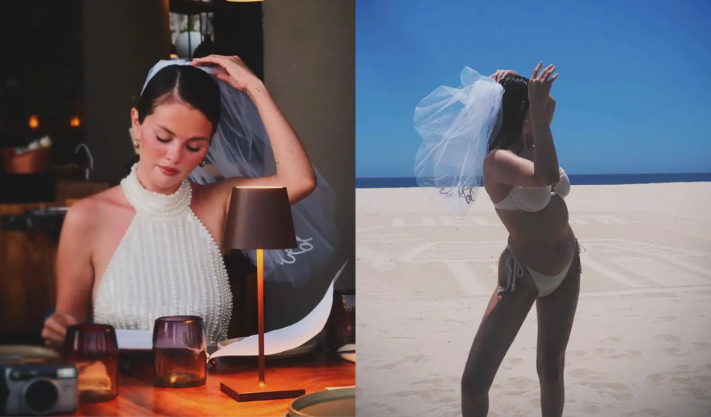Can You Ever Tan in a Safe Way?
For many, a sun-kissed glow represents health, beauty, and vacation memories. But as awareness about skin damage and skin cancer grows, so does the question: Is it ever possible to tan responsibly? The short answer is: not in the way most people think.
What Happens When You Tan?
Tanning is the skin’s response to ultraviolet (UV) radiation, primarily from the sun or tanning beds. When UV rays penetrate the skin, they damage the DNA in skin cells. In response, the body produces more melanin—the pigment responsible for skin color—in an effort to protect against further damage. This results in a darker complexion, or tan. But this tan is essentially a scar, a visible sign of damage. Over time, cumulative UV exposure can lead to premature aging, sunspots, and skin cancers such as melanoma, basal cell carcinoma, and squamous cell carcinoma.
Is There a “Safe” Way to Tan?
Dermatologists overwhelmingly agree: there is no such thing as a safe or healthy tan that comes from UV exposure. Even a light tan is a sign that your skin has been harmed. The World Health Organization classifies tanning beds as a Group 1 carcinogen—the same category as tobacco and asbestos.
That said, getting some sun exposure is not inherently dangerous—it’s all about moderation and protection. The human body needs sunlight to produce vitamin D, which is essential for bone health and immune function. But experts recommend that only a small amount of unprotected exposure—just 10 to 15 minutes a few times per week—is sufficient for most people.
How to Minimize Risk While Enjoying the Sun
If you’re going to spend time outdoors, the goal should not be to tan, but to enjoy the outdoors safely. Here are a few key tips for minimizing UV damage:
-
Use sunscreen daily: Choose a broad-spectrum sunscreen with an SPF of at least 30. Reapply every two hours, or more frequently if swimming or sweating.
-
Avoid peak hours: UV rays are strongest between 10 a.m. and 4 p.m. Seek shade during this time whenever possible.
-
Wear protective clothing: Long-sleeved shirts, wide-brimmed hats, and UV-blocking sunglasses can significantly reduce exposure.
-
Stay hydrated: Sun exposure can lead to dehydration, so drink plenty of water.
-
Be aware of your skin type: Fair-skinned individuals are more vulnerable to UV damage and should take extra precautions.
The Safer Alternative: Sunless Tanning
If you want the look of a tan without the risk, sunless tanning products like self-tanning lotions, mousses, and sprays are the safest options. These contain dihydroxyacetone (DHA), a chemical that reacts with the outermost layer of the skin to produce a temporary bronzed appearance. While not harmful in the same way UV rays are, they should still be applied carefully, avoiding inhalation and contact with eyes or mucous membranes.
Final Thoughts
While the desire for tanned skin remains strong in many cultures, it’s crucial to understand the long-term risks of tanning through UV exposure. Responsible sun behavior doesn’t mean avoiding the outdoors—it means enjoying it with the right protections in place. When it comes to achieving that bronzed glow, fake it—don’t bake it.
Published: 22nd July 2025
For more article like this please follow our social media Twitter, Linkedin & Instagram
Also Read:
Great British Energy Act 2025: Clean Power & Job Growth
7 Best Hottest Lingerie in London 2025
2025 UK Tax Changes: Key Tips for SMEs and Self-Employed

